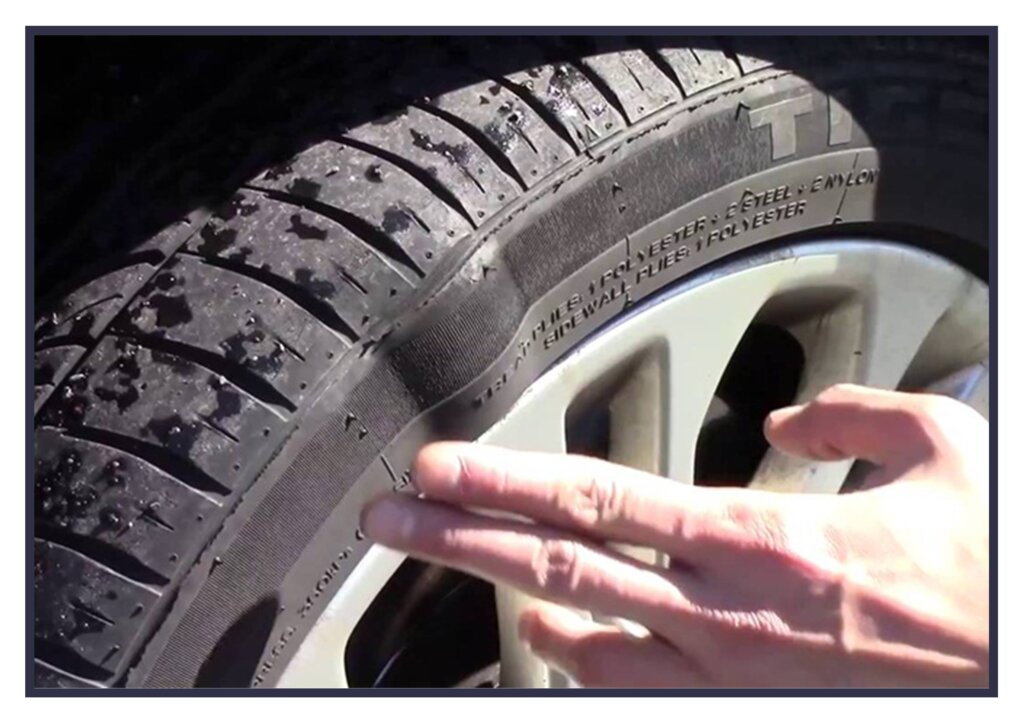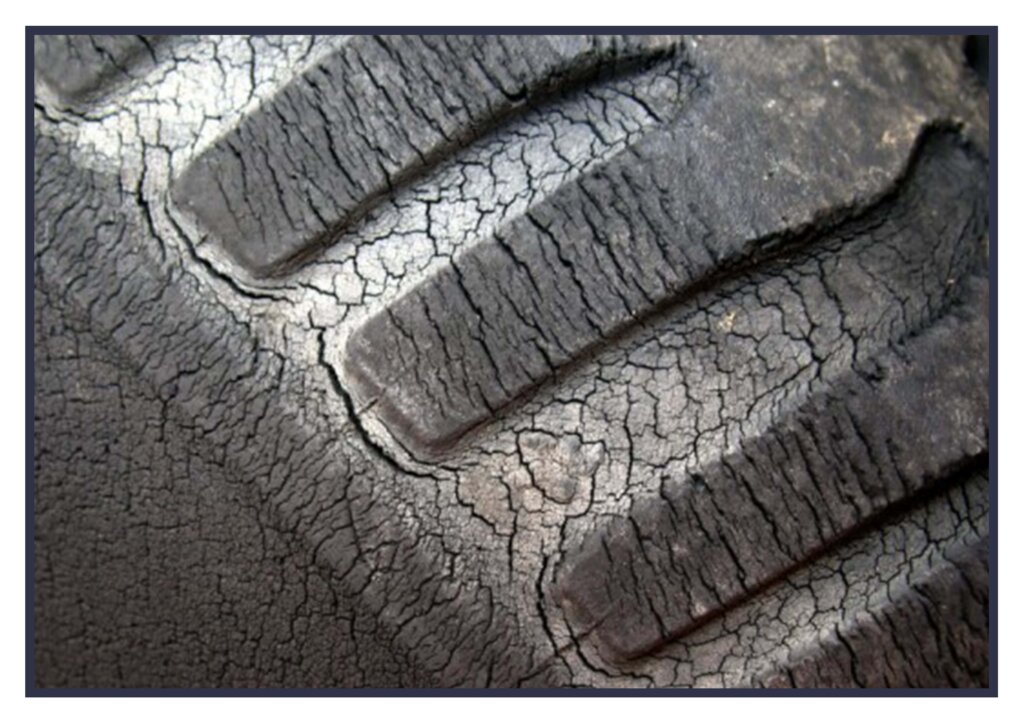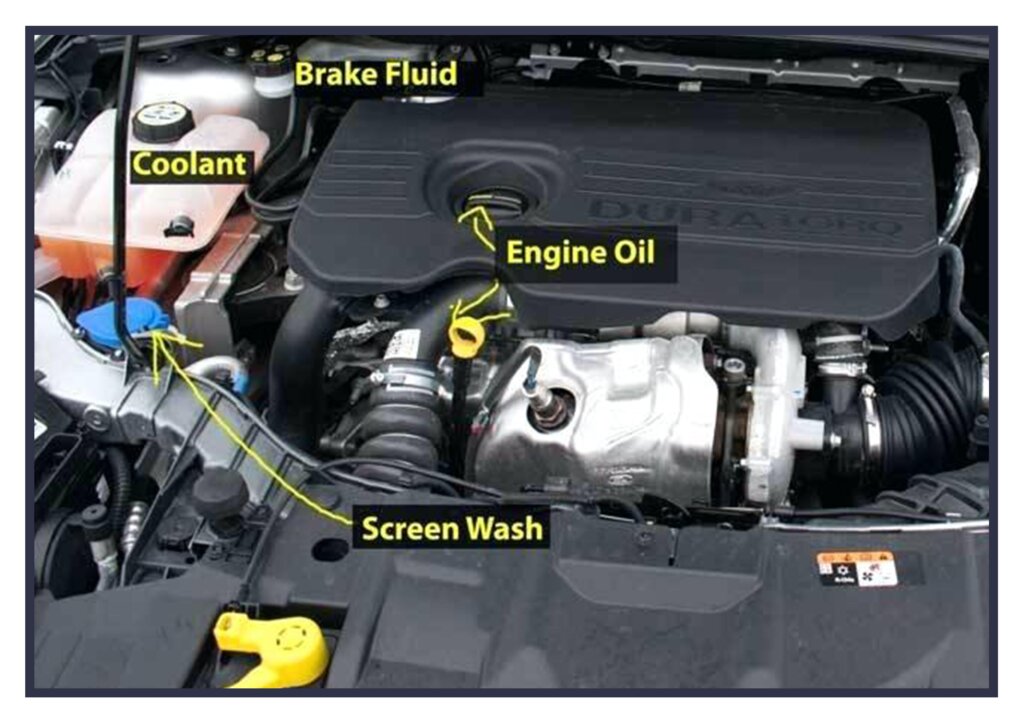Business Contract Hire: Vehicle Health Check Guide
Taking care of your car, so it can take care of you.
To make the most of your maintenance package, we recommend regularly checking the health of your vehicle. Your car will run better, be safer and be cheaper to run.
Read through this guide for tips on how to check your vehicle, below you can find a vehicle health sheet to help you (Click here to download your printable copy)

Tyres
Throughout 2012, Bridgestone carried out free tyre checks across the country, totalling at over 28,000 vehicles. Results showed a massive 78% of those tyres checked were under the recommended pressure level, and over 25% were worn below the legal limit.
Often overlooked by drivers, tyre wear and health is important for a number of reasons. Not only is it a legal requirement of vehicle ownership, tyres also play a vital role in stopping and cornering.
You’ll find advice on how to maintain your vehicles tyres below:
Tread Depth
Checking your tyres have safe tread depth
A tyres depth of tread plays a big part in keeping a car gripped to the road. As the level of tread decreases, so does the chance of a safe journey.
The legal limit for tread on a tyre is 1.6mm. Any vehicle with tyres below that standard are illegal to drive. The penalty for driving on tyres under 1.6mm is 3 points per illegal tyre.
When a tyre wears below 2.5mm, begin preparing for a tyre change.
When you take your car to any garage, hand over your AMI service wallet and ask them to speak with us for authorisation and payment.

When tyres are replaced prematurely due to puncture, impact or vandalism, we will invoice your company the portion of tyre not utilised. A tyre changed with more than 2.6mm tread remaining will be treated as premature.
How to measure tread depth
The easiest way to measure tread is to use a gauge; you can purchase one for less than £5.
Or, you can use a 20p piece to check if the tyre is below the legal standard. When the coin is placed into the groove, if the full number is visible, the tread is too low.

Air Pressure
Checking your tyres have the correct air pressure
An under-inflated tyre makes the engine work harder.
Put simply: the rounder an object, the less rolling resistance, the less fuel burnt.
A fully inflated tyre will improve a cars fuel economy. A few pence extra at the pump may seem trivial, but in a years worth of visits, those pennies tally to pounds. Also, an under inflated tyre will not maximize the use of tread resulting in premature wear.
Equally, over inflated tyres need to be avoided as it can be dangerous. A sudden increase in pressure, e.g. hitting a pothole, may force the sidewall to stretch causing an unrepairable bulge, or even worse, it could cause an immediate blow out whilst driving.
Finding the correct pressure for your tyres
Common places to find the recommended pressure include: sticker on driver or passenger door sill, vehicle settings on dashboard, inside fuel cap, vehicle handbook.
We recommend investing in a tyre inflator that can be shared by all staff in the office; fixing the problem as soon as its found and cheaper in the long run.
Bulges
Checking sidewalls are clear of bulges
A bulge is caused when the sidewall of a tyre has been stretched. Although the tyre remains operational, the damage cannot be repaired and it will need to be changed as soon as possible to avoid it bursting.
A bulge can appear on either the outer sidewall or the inner sidewall.

How to recognise a bulge
See the image above for an example of a bulge on a tyre.
It is important to remember a bulge can appear on the inner or outside sidewall. You may need to get underneath your car, park the car on a level surface with the hand brake applied.
Splits & Cracks
Checking your tyres for splits and cracks.
See the image below, cracks and splits like this are not a cosmetic problem.

All tyres have a maximum life span of 5 years but often you can find signs of deterioration earlier than that. Over time, the oils and chemicals in the rubber compound break down. This makes the rubber much more brittle and they will wear much quicker.
Fluids
When checking a vehicle fluids, engine should be cold and the car on an even surface.
Here is a typical engine bay:

Engine Oil
The main function of engine oil is to lubricate the internal metal parts of the engine. It reduces wear by keeping friction to a minimum. An engine run without oil will cause the engine components to rub & sheer. The end result is normally a large repair bill or even a new engine.
Remove and wipe clean the dipstick, then insert it for a clean read. Look to see if the oil on the dipstick is within the min & max range. If the oil is low, add more based on the recommendations found in your owner’s manual. You can also find a guide on the correct oil for your vehicle at Halfords: be careful not to overfill.
Some cars do not have a dipstick, they use a electronic reader that will display on your dash.
Coolant / Antifreeze Level
Antifreeze helps keep the temperature inside your engine right at both ends of the thermometer.
Boiling or freezing water can damage an engine. The chemical mixture of water and antifreeze prevents the coolant inside your engine from getting too cold or too hot. Water freezes at 0° C however a mixture of 50% water and 50% antifreeze will freeze at around -37° C. Water boils at around 100° C, however a mixture of antifreeze and water will begin to boil between 240° C and 270° C.
It is important to make a mixture of antifreeze and water; just antifreeze on its own boils at a much lower temperature.
Look for the clear overflow plastic container near the radiator. If the liquid is below the minimum line, fill with a 50/50 mix of water and antifreeze.
Brake Fluid
When brake fluid is compressed, it creates a huge amount of pressure; this creates the force necessary to press and hold a brake pad together with a moving disc. When dealing with high amounts of pressure, leakage is a common issue. This in mind, it is very important to check brake fluid levels regularly as well as having a quality check every two years.
You can find a minimum fluid level marked on the container in the engine bay or check your vehicles on board system.
Washer Fluid
If you can’t see clearly see the road in front of you, you are putting drivers, pedestrians and yourself at risk.
It is a legal requirement to keep a vehicles washer fluid topped up at all times. Failure to do so can result in a fine and, worse case scenario, 3 points on your driving licence.
Washer fluid tanks aren’t always visible in the engine bay, but as it is a cheap product, we recommend always keeping a bottle handy for regular top ups.
*Note – You should fill the washer fluid tank with a 50/50 washer fluid and water mix.
AdBlue
AdBlue is used to reduce the nitrogen oxide levels in a vehicle’s exhaust gasses. When Adblue is injected into hot exhaust gas, it undergoes a reaction to reduce harmful nitrogen oxides and instead produce nitrogen and water.
If an AdBlue tank reaches absolute zero, not only will the car’s emissions and performance be badly affected, the engine will not start again once switched off. The AA estimates that it dealt with around 20,000 AdBlue-related breakdowns in 2017.
Almost all vehicles will have a dashboard notification message programmed to respond when AdBlue levels dip below a threshold. You may also find a guide on typical topping up mileage in your vehicles handbook.
AdBlue refills are built in to the AMI maintenance package. For non-maintained vehicles, AMI can supply a full refill of AdBlue for £38.50 (+vat).
Service Schedule & MOT
Vehicles which are not serviced regularly are more likely to encounter costly mechanical and electrical faults as well as prematurely losing warranty status.
To maintain warranty status, all service work must be carried out in accordance with manufacturer specification. For this reason, we strongly recommend having service work carried out at a recognised main dealer.
Inside your vehicle, you will find a sticker in the top left of your windscreen. This sticker will indicate whether your service intervals are fixed or variable and the due date of the vehicle’s first MOT.

If your service intervals are variable, navigate through your user interface to find information on your vehicle’s service requirements.
Bodywork & Windscreen
Check your vehicles bodywork for damage exempt from fair wear and tear.
We expect all vehicles on a contract hire agreement to return with fair wear and tear. You will have seen the terms of our fair wear and tear policy at the start of your contract. If you would like to familiarise yourself with the fair wear and tear terms, you can view our guide here (http://www.amivl.co.uk/guide/fair-wear-tear-guide/)



Comments (0)
Leave Comment